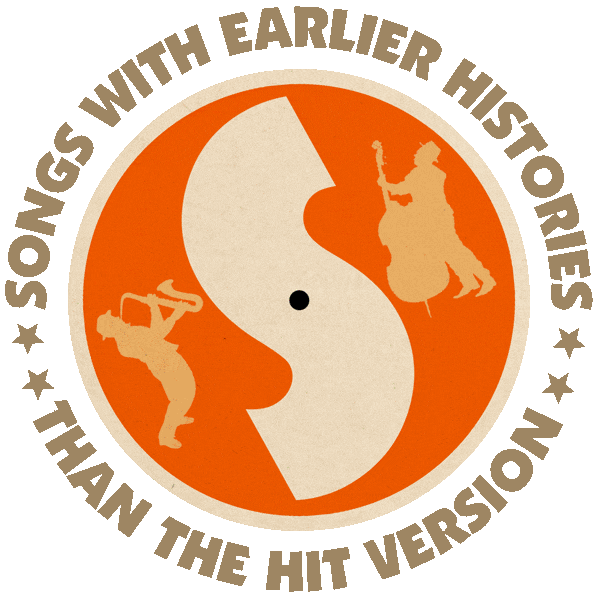First recorded by Joe Venuti & His Orchestra (1933).
Hit versions by Glen Gray & the Casa Loma Orchestra (US #8 1934), Cab Calloway & His Cotton Club Orchestra (US #7 1934), Duke Ellington & His Orchestra (US #2 1934), Benny Goodman & His Orchestra (US #1 1934), The Benny Goodman Quartet (US #8 1936).
Also recorded by Ethel Waters (1934), Bing Crosby (1956), Sarah Vaughn (1962).
Also recorded (as “Moonglow & Theme from Picnic“) by George Cates (US #4 1956), Morris Stoloff (US #1 1956).
From the wiki: “‘Moonglow’ (also known as ‘Moonglow and Love’) was written in 1933 by Will Hudson and Irving Mills with lyrics by Eddie DeLange. It was first recorded by Joe Venuti & His Orchestra in 1933, with subsequent recordings in the following year by the Duke Ellington Orchestra, Cab Calloway, Glen Gray & the Casa Loma Orchestra, Benny Goodman and his orchestra, Ethel Waters, and Art Tatum. The song has since become a jazz standard, performed and recorded numerous times by a wide array of musical talents.
“In the 1950s a medley of the song and George Duning’s ‘Theme from Picnic‘, orchestrated by Johnny Warrington, became quite popular, especially in instrumental recordings by Morris Stoloff, conductor of the Picnic motion picture soundtrack by the Columbia Pictures Orchestra. Duning wrote the film’s theme to counterpoint ‘Moonglow’. Stoloff’s ‘Moonglow & Theme from Picnic‘ spent three weeks at #1 on the U.S. Billboard Hot 100.

